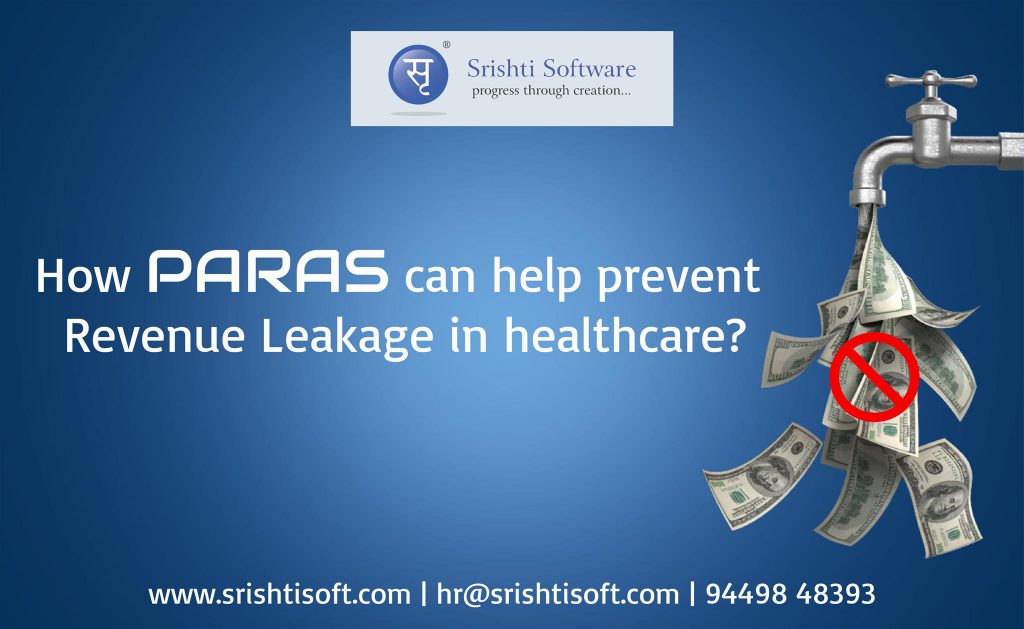

Before we dwell into revenue leakage in healthcare, let us look into revenue leakage from a general perspective:
Revenue leakage in General:
The Revenue Leakage (Prevention) Program: There will be a risk of revenue leakage in any business regardless of sector or size. Often the leakage is not noticed and it has implications for the business. Recent research shows that approximately one to five percent of the Earnings Before Interest, Tax, Depreciation, and Amortization (EBITDA) is lost due to revenue leakage. The business discipline which finds and recovers these revenue leaks is termed as “Revenue Leakage Program”.
Myth vs Reality: Another survey says that over forty percent of enterprises think that revenue leaks amount to at most 0.5 percent of realized EBITDA. One in four enterprises thinks that the leak is not more than one percent. One in five enterprises reported their estimation to be two percent when it comes to revenue leakage. However, these figures are far from reality! According to various experts, regardless of the sector, revenue leakage amounts for up to five percent of realized EBITDA.
Revenue Leakage in Healthcare:
Definition: Revenue Leakage in healthcare is the difference between the amount of payment that is entitled to the healthcare provider versus the amount of reimbursement received.
Hospitals at the receiving end: Healthcare providers find themselves in the receiving end when it comes to getting financial compensation for the treatments given and investigations done. Hospitals are usually not receiving full reimbursement and many of them are not able to detect the source or depth of revenue loss. Professionals in the healthcare industry have to follow a comprehensive policy in order to prevent revenue leakage. If not contained, revenue leakage can impact the financial health of the hospital to a large extent. For instance, according to a research published last year by ‘Modern Healthcare’, insurance denial resulted in a loss of approximately $262 billion per year in hospitals across Florida alone. This shows that revenue leakage results in a substantial loss to the enterprise and it can burn a big hole in the investors’ pocket if proper corrective measures are not taken in time.
Solutions: Reduction in the revenue of a hospital can occur for various reasons like improper claims submission and lack of proper denial management system. It is a fact that the denial of claims is one of the prime reason for revenue leakage in healthcare. Research from ‘Healthcare Financial Management Association’ shows that about ten to twenty percent of healthcare enterprise’s revenue is lost due to denied medical claims. Although a vast majority of these claims are recoverable, a proper focus and an organized system are needed to properly collect these claims. If this is not done, the denied claims will become write-offs.
Other aspects to keep note of: In order to plug revenue leakage in healthcare, the hospitals have to keep themselves up-to-date with the latest insurance procedures. An effective revenue management system should understand the complexities of various medical specialties and payer requirements. The only thing that is consistent is change when it comes to policies and procedures! Hospitals have to quickly adapt to the changing needs to save themselves from losing revenue.
Three Major Reasons for Revenue Leakage in Healthcare:
-
Insurance Denial:
As explained above, insurance denial is one of the prime reasons for revenue leakage in healthcare. It accounts for up to twenty percent revenue loss.
-
Lack of Real-time, Central Monitoring:
Lack of Real-time Administration: If the real-time data is not available to the hospital management then they are at the risk of taking decisions which are not well supported by data. With PARAS, the administrators can get their hands on real-time data. This allows them to plug revenue leakage in healthcare before it actually happens. For instance, the software can be designed to notify if the payer’s insurance policy does not cover the treatment rendered so that the same can be communicated to him. This ensures transparency and reduces last-minute issues regarding the same during billing.
Limited by Geographical Boundaries: Real-time central monitoring also ensures that the geographical boundaries don’t matter and administrative data can be closely monitored to fix discrepancies if any. Ability to see all the data at real-time reduces the discharge time considerably and this enhances the patient experience at the hospital. The cumbersome free processing and transparency will earn goodwill for the hospital which in turn gets converted to revenue in the longer run.
-
Manual Error, Integrity, Poor communication, etc:
Lack of computerization gives scope for manual errors and mismanagement of funds. A large amount of data is generated for each patient and manual upkeep of data is practically not possible for hospitals. Although most hospitals use a hospital management solution for this purpose, most solutions have issues heavy dependence on manual inputs (entries), lack of integrity with the entire hospital ecosystem, scalability and so on. Further, hospitals have to invest in supporting software in order to keep their HMS running. A well-integrated comprehensive solution like PARAS will plug revenue leakage in healthcare and ensures that there is accurate instant communication between various departments of the hospital. The whole hospital works like one well-oiled machine instead of a poorly assembled one.
Six Ways How PARAS Prevents Revenue Leakage in Healthcare
There are various reasons for revenue leakage in healthcare. Here are six ways in which PARAS prevents revenue leakage in healthcare:
-
Denial Management and Real-Time Monitoring:
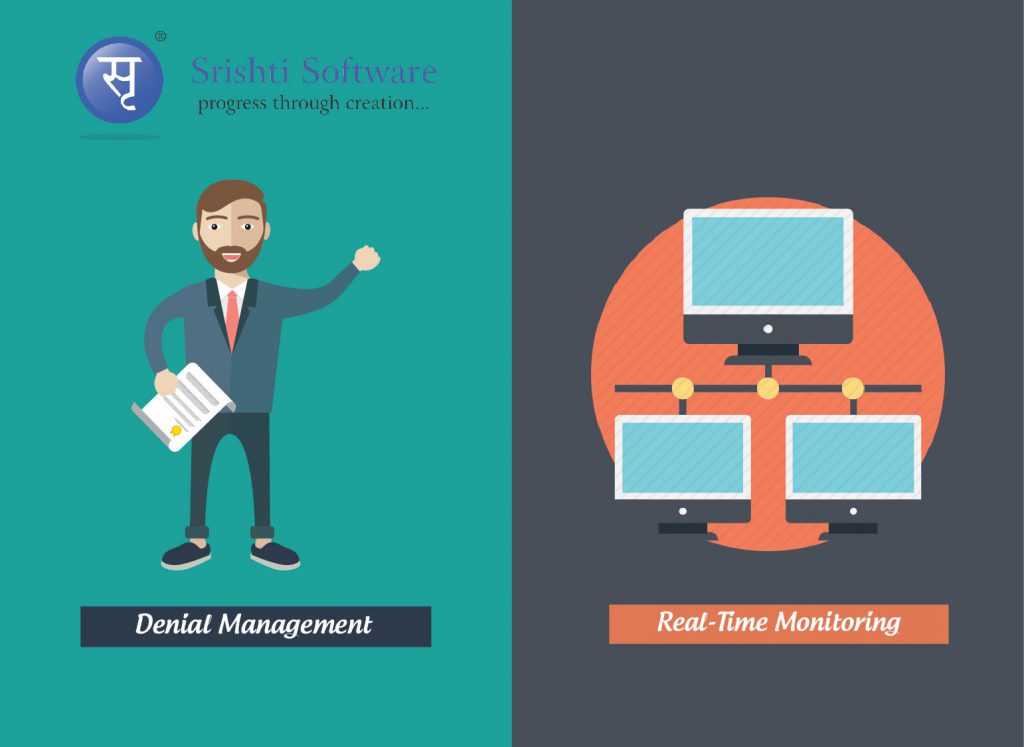 According to an estimate, about thirty percent of the insurance claims end up being rejected creating huge revenue leakage in healthcare sector. These rejections happen because some of the procedures done or investigations performed will not be covered by the insurance provider. Further, the hospital need not have a tie-up with all the insurance providers and this makes insurance claim complicated. However, PARAS has several built-in checks to prevent revenue leakage in healthcare.PARAS has well-designed checks to make sure that before the treatment is rendered or an investigation is done, the hospital will get to know the status of the insurance claim for that procedure. Time-tested modules of PARAS ensures that the patient’s insurance coverage ambit is properly matched with the treatments delivered. All these happen in real time and the patients are informed about the procedures which won’t be covered under their present insurance. This ensures that there are no issues at the time of final bill payment. Many of Srishti’s clients have found this feature of PARAS to be very useful in preventing revenue leakage in healthcare. Insurance denial management is a key area for any hospital as it saves a huge amount of money. Analysts opine that denial prevention is much better than recovery and PARAS prevents denial considerably.Further, PARAS allows administrators to centrally manage the entire hospital or chain of hospitals better as they have all the requisite real-time data at their fingertips. This is a key feature of PARAS which helps hospital management to prevent revenue leakage in healthcare to such a large extent that the loss of revenue is almost zero.
According to an estimate, about thirty percent of the insurance claims end up being rejected creating huge revenue leakage in healthcare sector. These rejections happen because some of the procedures done or investigations performed will not be covered by the insurance provider. Further, the hospital need not have a tie-up with all the insurance providers and this makes insurance claim complicated. However, PARAS has several built-in checks to prevent revenue leakage in healthcare.PARAS has well-designed checks to make sure that before the treatment is rendered or an investigation is done, the hospital will get to know the status of the insurance claim for that procedure. Time-tested modules of PARAS ensures that the patient’s insurance coverage ambit is properly matched with the treatments delivered. All these happen in real time and the patients are informed about the procedures which won’t be covered under their present insurance. This ensures that there are no issues at the time of final bill payment. Many of Srishti’s clients have found this feature of PARAS to be very useful in preventing revenue leakage in healthcare. Insurance denial management is a key area for any hospital as it saves a huge amount of money. Analysts opine that denial prevention is much better than recovery and PARAS prevents denial considerably.Further, PARAS allows administrators to centrally manage the entire hospital or chain of hospitals better as they have all the requisite real-time data at their fingertips. This is a key feature of PARAS which helps hospital management to prevent revenue leakage in healthcare to such a large extent that the loss of revenue is almost zero. -
Proper Billing and Multi-location integration:
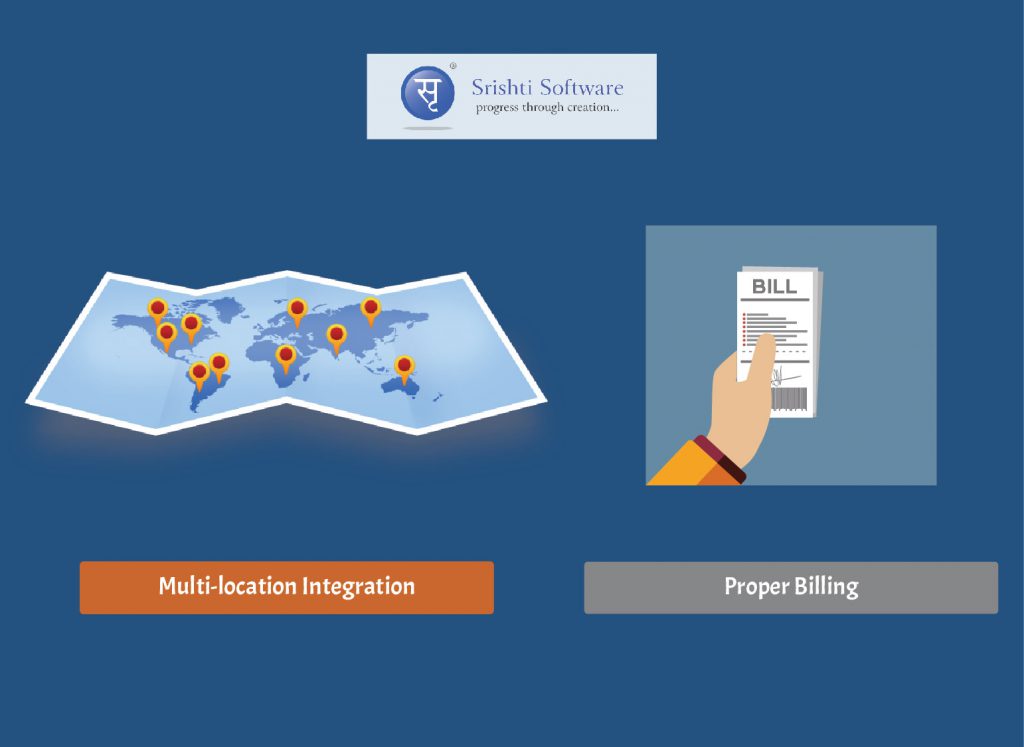
PARAS is an integrated solution which would make sure that all the procedures performed and treatments rendered is accounted for and billed. It can be implemented in multiple locations and thus it is easier to integrate all the healthcare provided across various locations into one medical health insurance claim. Srishti’s premium offering, PARAS provides multi-currency support and it is a 100% web engineered solution which makes multi-location implementation fairly straightforward.
-
Reduced Total Cost of Ownership and Comprehensiveness:
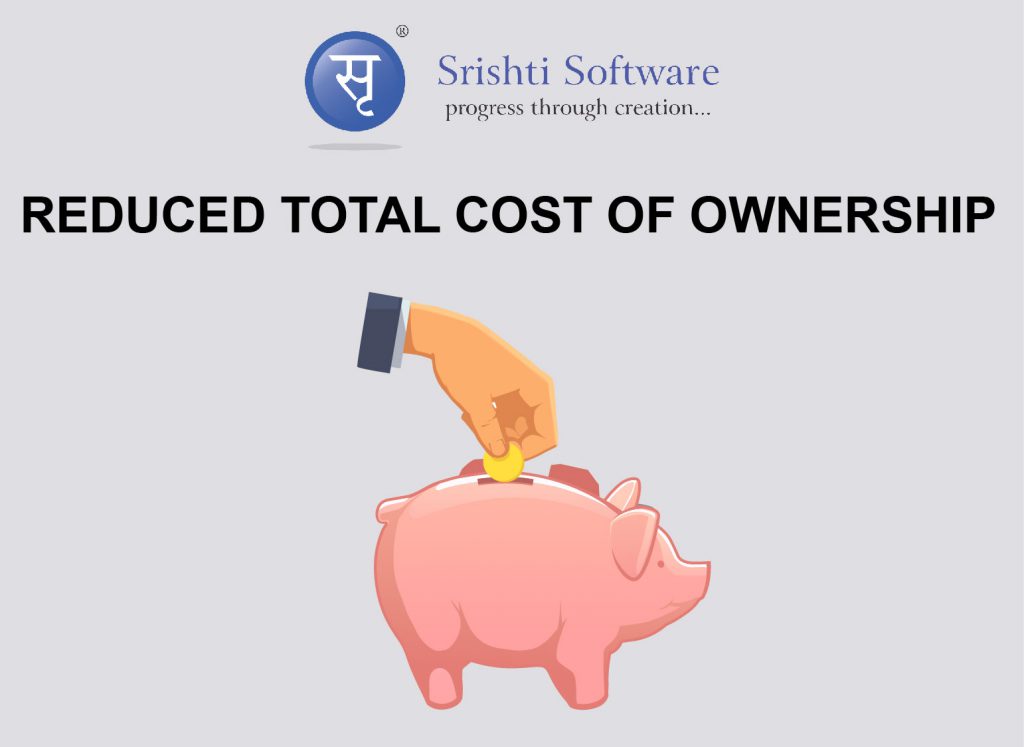
There is no need to invest in other software as PARAS is built in such a way that there are no additional costs which have to be incurred in buying supporting software which might be licensed. Therefore the total cost of ownership of PARAS is less when compared to competitors and revenue leakage in healthcare can be prevented by cutting additional software costs. Also as PARAS is a comprehensive healthcare solution, there is no need to interact with multiple vendors while operating or managing the software. The complete liability rests with one solution provider – Srishti Software Pvt. Ltd. and that solves accountability, integration, versioning and other issues. -
Fully Scalable, Customizable software:
PARAS is a fully scalable solution and the software need not be modified as the number of transactions increase. This saves revenue as there is no upper limit for the number of records which can be processed through this software. Further, the software is available in five variants: Lite, Premium, Enterprise, Standard, and SaaS to suit the different requirements. The variant that matches the requirement of the healthcare provider most precisely is usually chosen for deployment. The variants ensure that enterprises need not overspend on buying the entire package and they can cleverly choose the variant which precisely has the features that are necessary and sufficient.
-
Fully Responsive Solution with Bi-directional integration of Clinical and Administrative Modules:
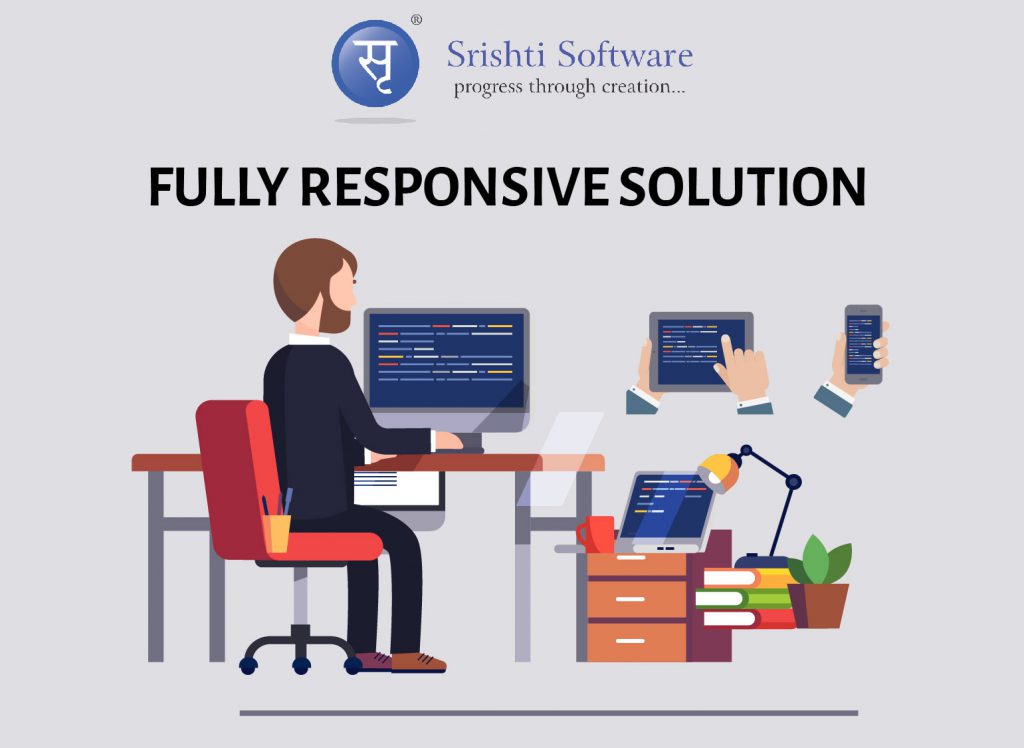
PARAS is a fully responsive solution that can be accessed through smartphones or laptops or tablets. This allows the management to keep a tab on the hospital transactions even while on the go or while traveling abroad. Further, bi-directional integration of Clinical and Administrative modules ensures that the hospital won’t miss out on billing any treatment which has been rendered. These features are known to have plugged in revenue leakage in healthcare to a considerable extent. -
Codification:
Proper codification of the disease and the treatment rendered would reduce the insurance denial claims. There are universal codes for diseases which are used by hospitals and insurance provider to classify the kind of disease. Codes like ICD 9, 10, snowed CT and LOINC are submitted along with insurance claims to prevent any mismatch during the claim process. The design of PARAS, has well-integrated modules which communicate with the insurance provider using precise codes. The data exchange happens in real time.
-
Compliance to Standards:
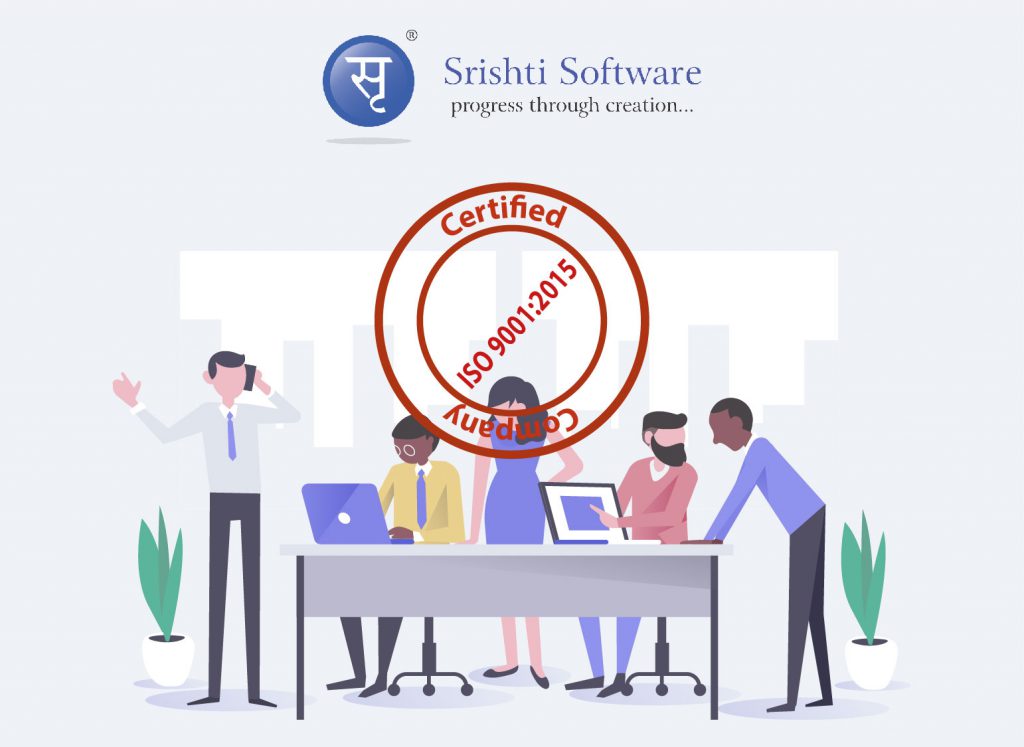
Srishti is an ISO9001:2015 certified company and PARAS is a premium offering of Srishti Software Pvt. Ltd. This is a testimony to the quality of PARAS software. PARAS is HIMSS analytics stage 6 compliant solution. This means that PARAS has high-end features like CPOE ( Computerized Physician Order Entry), Clinical Decision Support, Closed Loop Medication Administration, Full CDSS ( Clinical Decision Support System), Full R-PACS ( Radiology – Picture Archiving and Communication System ) and so on. Compliance with these standards ensures that PARAS prevents revenue leakage at each and every stage of the hospital management cycle.
Get in touch with us:
If your enterprise is looking to plug in on revenue leakage in healthcare sector, PARAS is the best choice for the same. This premium offering from Srishti Software Pvt. Ltd is available in five variants with different modules to suit every organization – big or small. Implementing PARAS has instantly impacted the bottom lines of the hospitals and this fact is acknowledged by all our clients spread across the globe. Apart from preventing revenue leakage in healthcare, PARAS also brings 8 other major advantages to the implementing healthcare provider or hospital chain. If you want to witness a similar change in your healthcare enterprise, you may please mail to sales@srishtisoft.com or call us on +91 94488 48393. Let us join hands to collectively bring about a positive change in healthcare.


